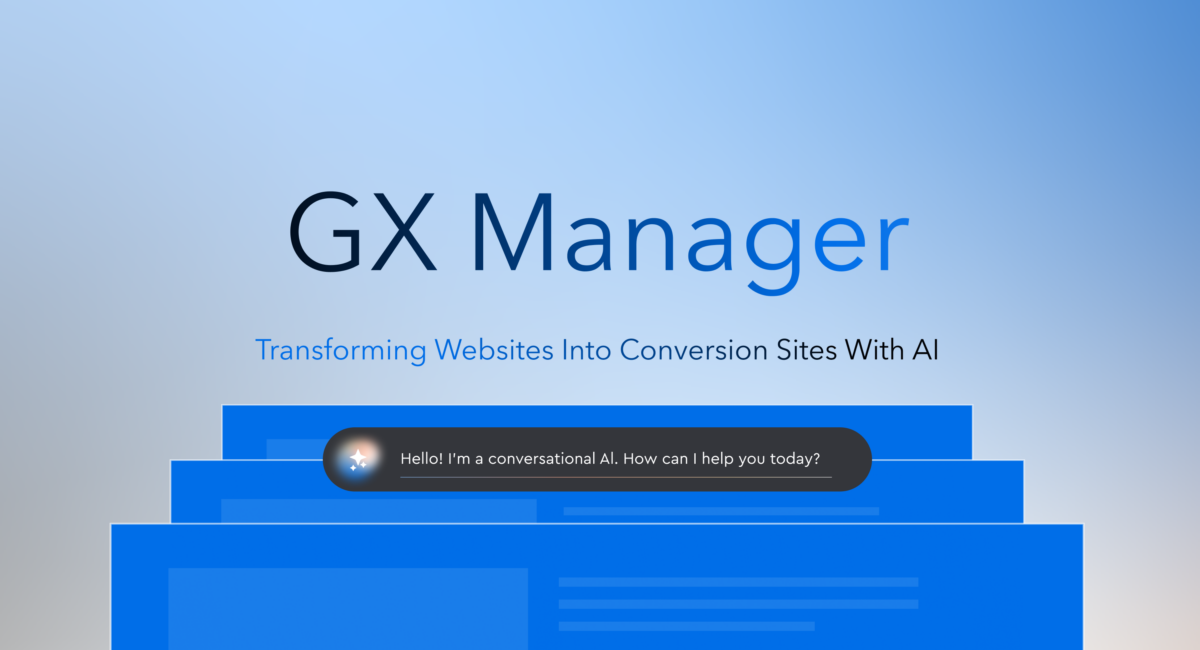|
|
Tell the truth.
It seems simplistic. But when managing a public relations crisis, it’s the only strategy that matters. Look no further than the biggest PR dumpster fires of recent decades, where the primary fault line between winners and losers was almost exclusively radical candor. Theranos. MCI. And now FTX. And not only did these firms fib themselves into hot water—they made matters worse by not coming clean once the truth was obvious.
For most large companies today, hot-button social impact issues involving DE&I (diversity, equity, and inclusion) and ESG (environmental, social, and governance) are the most likely sources of an unforeseen corporate PR crisis. A recent situation involving BlackRock, the world’s largest wealth asset manager, offers a cautionary tale: In November 2022, an activist shareholder accused the firm of speaking out of both sides of its mouth on climate change—and demanded CEO Larry Fink’s ouster.
“We are increasingly concerned about the reputational risk (including greenwashing risk) to which you have unreasonably exposed the company, potentially fueling a gap between the ‘talk’ and the ‘walk’ on ESG investing,” the activist investor wrote in a letter to BlackRock’s board, according to media reports.
At large companies, chief content officers are often tasked with overseeing social impact narratives that articulate a company’s DE&I and ESG initiatives. But in this increasingly complex stakeholder landscape—in which companies must balance business outcomes, social impact pledges, and increased demands for accountability and authenticity by activists and the general public—how can Chief Communications Officers talk to everyone at once?
Get it together internally
Silos are endemic inside large companies. They are also largely unavoidable, especially as organizations attempt to strike the right balance with remote workforces that may stretch across all 24 time zones. But they’re a particular hazard when it comes to developing, refining, and disseminating ESG- and DE&I-related corporate narratives, which tend to be more technical in nature than standard marketing messages and require a precise, journalistic approach to the facts.
Too often, it comes down to making promises that realistically can’t be kept, e.g., lofty—but planless—commitments to save a rain forest. Or a clever sustainability initiative that won’t pass muster beyond a press release. These are well-intended pledges, no doubt. But they are conceptualized through the marketing lens and ultimately create more problems than they solve.
Take the situation Nestlé S.A found itself in a few years back. In a press release, the Swiss food processor committed to creating 100% recyclable or reusable packaging by 2025. Within hours of the company’s publicly announcing its ambitious ESG initiative, however, Greenpeace pounced, issuing its own statement and picking apart the company’s approach:
The company’s statement does not include clear targets to reduce and eventually phase out single-use plastics. Instead, it announced “ambition” for its packaging to be 100% recyclable or reusable by 2025, plans for “continuing to increase the proportion of recycled plastics in packaging” without a clear timeline, and additional efforts to help facilitate recycling by consumers.
Match little actions to big goals
As communications pros, we know well that tactics are infectious. It’s what clients love to discuss most on weekly calls and what gets staff most excited about putting in long hours. But DE&I and ESG tactics that aren’t aligned with a comprehensive, centralized strategy—and, most importantly, rooted in reality—are a surefire way to attract the wrong kind of attention. In all steps of the journey, the truth fuels credibility and credibility engenders trust.
And guess who’s left holding the bag when content runs amuck? That’s right, the CCO. So, the next time your team is riffing about a campaign to plant trees in the desert, save an endangered species, or reduce waste, double-check with the experts to make sure it’s possible. Because the whole world is watching.
Prior to joining SJR in 2022, Matt Murray worked in advertising, journalism, and public affairs with clients such as GE, Pfizer, AT&T, President’s Council on Jobs and Competitiveness, The Trust for the National Mall, and The George Washington University. For more than a decade, he has worked closely with corporate executives, public officials, and nonprofit leaders on external communications strategies, and his writing for them has appeared in The Wall Street Journal, The Washington Post, Politico, and The New York Times.









